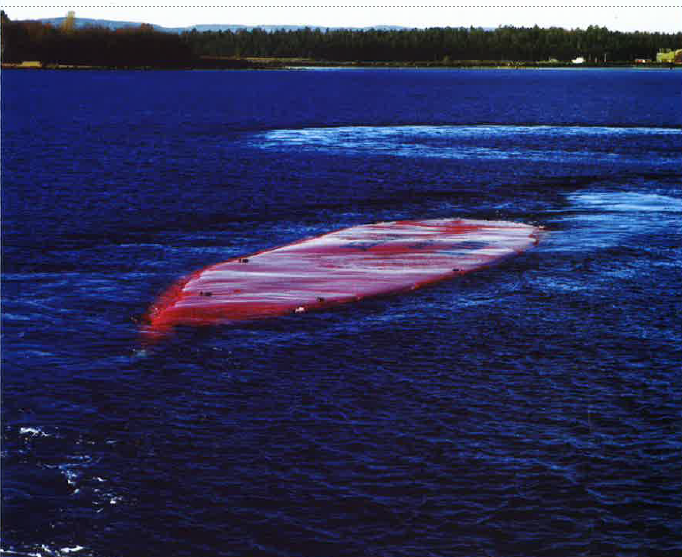VHA-flexioilbag
A compact solution to a big problem.
Recent accidents in the marine industries concerning the spillage of oil at sea have brought home the realization of how much damage to the marine environment can be caused by an oil spill at sea. While increasing legislation, stiffer penalties and together requirements have led to much greater awareness of the problems of oil spills at sea, minimizing the amount of oil spilled must be the primary concern.

The VHA-flexioilbag concept
Response time is critical in reducing, or effectively containing an oil spill. In any of the following situations, immediately available storage will be needed:
- Skimming operations
- Shoreline, Port and Harbour operations
- Emergency off-loading
Available in sizes from 10 – 1000 m3, the VHA-flexioilbag is a storage system designed to meet the environments of all these situations. In the event of an oil spill, or the VHA-flexioilbag can be deployed in minutes from its compact folded position.
The design, materials and construction of the VHA-flexioilbag are the result of extensive market research. The bag is exceedingly strong, durable and light, and requires very little maintenance. It is compact in storage, easy to transport, very responsive and manageable in operations even in high seas. The range in sizes and low cost makes it an option for all tiers of response capability, from an individual response vessel or port, to a national or international stockpile.
When folded the compact size and low weight make the VHA-flexioilbag an option for road, ship and even helicopter delivery to a spill incident.
To increase the effectiveness of a clean-up opreation the presence of sufficient storage equipement will greatly maximize the amount of the skimming opreation. Tha VHA-flexioilbag is designed to be used to augment the storage capacity of todays skimmer and to transport the recovered oil to safe storage, either onshore or to other vessels.
The compact stored colume and weight makes it easily transported by fast respons vessels or helicopter, direct to the incident.
The VHA-flexioilbag can be manually deployed, dragged in to the sea by a small boat, or deployed from a crane or jetty. Once deployed, it is ready to be filled. A variety of fill hose sizes and fittings are available, and the VHAflexioilbag can be quickly connected prior to receiving it’s cargo. Any material capable of being pumped into the VHA-flexioilbag through a skimmer can be discharged, with residues removed with the internal liner.
During filling, the VHA-flexioilbag can be towed alongside a ship or streamed behind, depending on the operational requirement The maximum operating conditions for the VHA-flexioilbag far exceed the conditions in which all other recovery operations need to be stopped, and it can be towed at up to 8 knots by comparatively small boats when full.
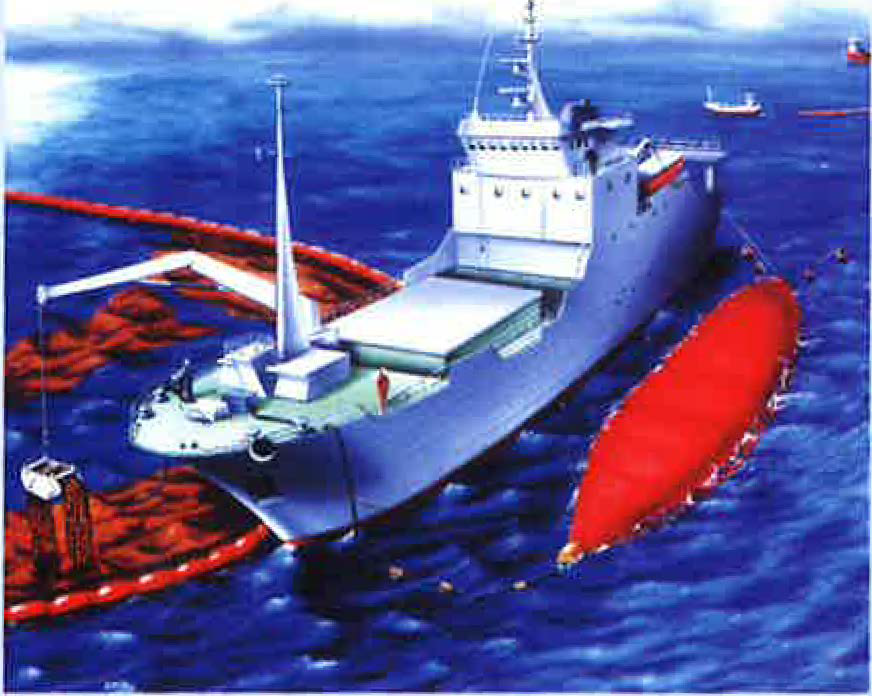
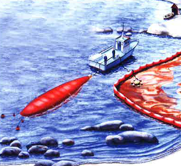
Shoreline, port and harbour operations
Unfortunately many oil spills create a shoreline, or near shore pollution while at sea. This oil has to be collected and can be ståred onshore in many different ways. If access to the shoreline is difficult or not possible from the land side, the liquid pollution can be pumped into a VHA-flexioilbag positioned just off-shore.
For maneuverability the VHA-flexioilbag can be towed by the aft bridJe lines. This, in addition to its very shallow draft, makes the VHA-flexioilbag ab ideal tool in confined areas such as estuaries, revers, mud flats and salt marshes ect.
Oil spill in ports and harbours are often smaller, but the effect on their normal operation can be costly and disruptive. Time in crucial. A Tier 1 / Tier 2 or local response is usually dependant on the availability of vessels or barges for storage. But are they always available? How long does mobilisation take? And at what cost?
lnclusion of even a small VHA-flexioilbag will give large benefits. The VHA-flexioilbag’s immediate availability, and ease of use with existing booms and skimmers, will save valuable time and result in a more efficient and cost effective dean-up.
Preventing pollution should always be a top priority. Minimizing the amount of oil released into the sea is preferable to recovering it afterwards. In the event of a grounding or collision, any vessel carrying a VHA-flexioilbag has additional temporary storage immediately available. Often only a small proportion of a damaged tank’s contents, quickly transferred, can prevent a major pollution incident. And there are circumstances where internal transfer is not possible.
A VHA-flexioilbag requires very little deck space, minimum maintenance
and can be easily and quickly deployed with minimum training. The VHA
flexioilbag is robust and requires a minimum of manpower and handling in
a moment of crisis, but could make all the difference in a world where “the polluter pays”. With an extensive range available, the VHA-flexioilbag is suitable for ships, offshore structures and barges.
For salvage companies the VHA-flexioilbag can provide many operational benefits with its capability for receiving off loaded oil and other hazardous materials at a grounding or collision. The benefits of compact storage, light transportable weight, and being immediately available at an incident could save considerable time and cost.
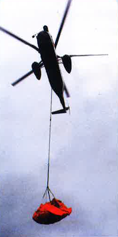
Awards, distinction and approval
- In 1991 Mr. Viggo Amundsen received The World Trade Award for the best oil spill recovery equipment in the world from HM Princess Ann.
- Quality certificate from the world famous classification company, “Det norske Veritas”.
- Approval from The Norwegian Defence Combined Agency.
- Approval from The Norwegian Department of Defence.
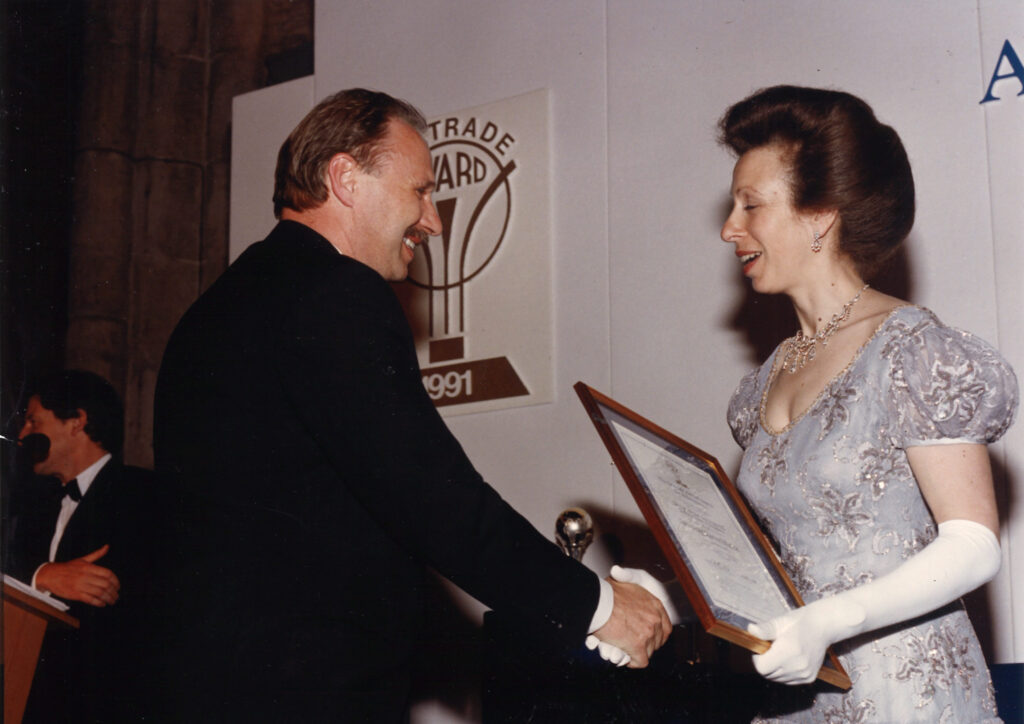
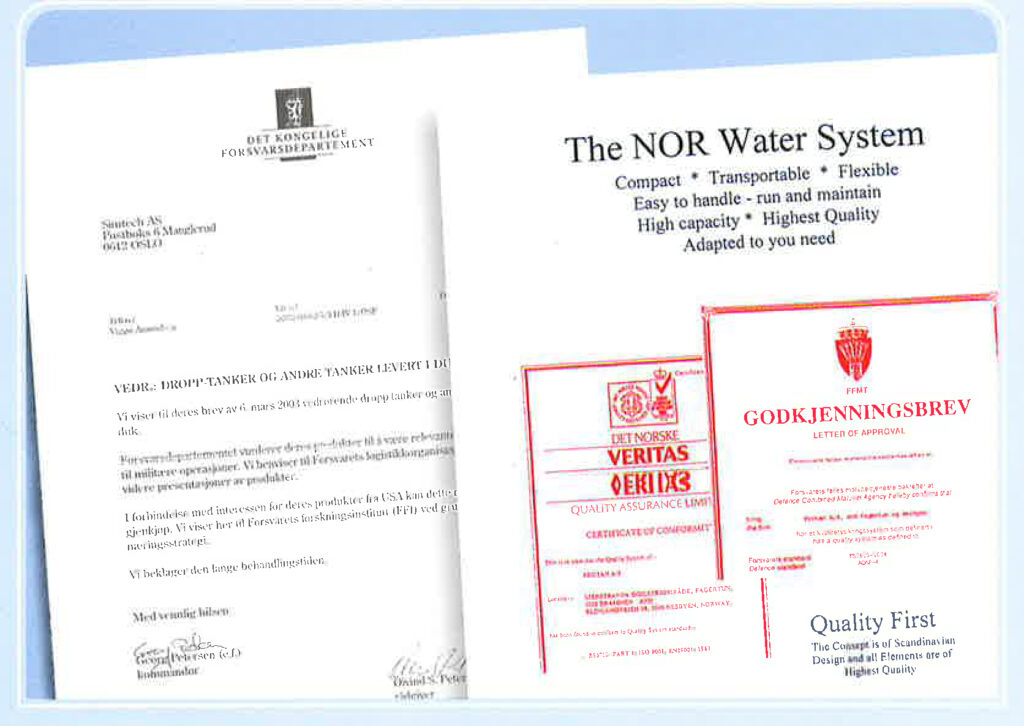
Other products from VHA Group
VHA Group’s different bags are constructed of a unique plastic mixture without use of a softening agent. The material stays flexible and strong for years, also under conditions of extreme cold or direct sunlight. No hardening process release toxins into the environment.
- Storage bags, for 2.000 liter, transportable with lorry or helicopter for fuel and water.
- Drop-Tank, same as above but stronger and can be dropped from airplanes and helicopter.
- Drop-Bags, same as Drop-Tank, but smaller, contents 30 to 50 liter, for personally carrying.
- Unitank, for temporary storage for shoreline and land based dean-up operations, capacities of 1.000 to 10.000 liters.
- Water bags, for storage or transport of water, capacities of 10.000 to 20mill. liters.
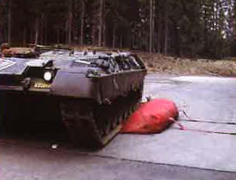
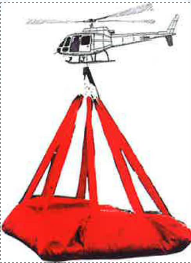
Product highlights
- Strong and thin material
- Low weight
- Collapsible for easy storage
- Minimize condensation problems
- Tailor-made size
- Accessories
- GPS transponders
- Container Delivery System
- Versatile connection, handling and couplings
- Easy repair and maintenance
User highlights
- Extreme unloading and handling possibilities
- Directly drap shipment
- Easy and small storage
- Less tank material-increased transportation capacity
- Increased logistic capacity and flex.ibility
- Used with standard transportation vehicles
- Increased number of tank vehicle
- Decreased demand of special made vehicle
- Increase flexibility for ex.isting vehicles
- Use standard tools for loading and unloading
- For use with diesel, oil and water
